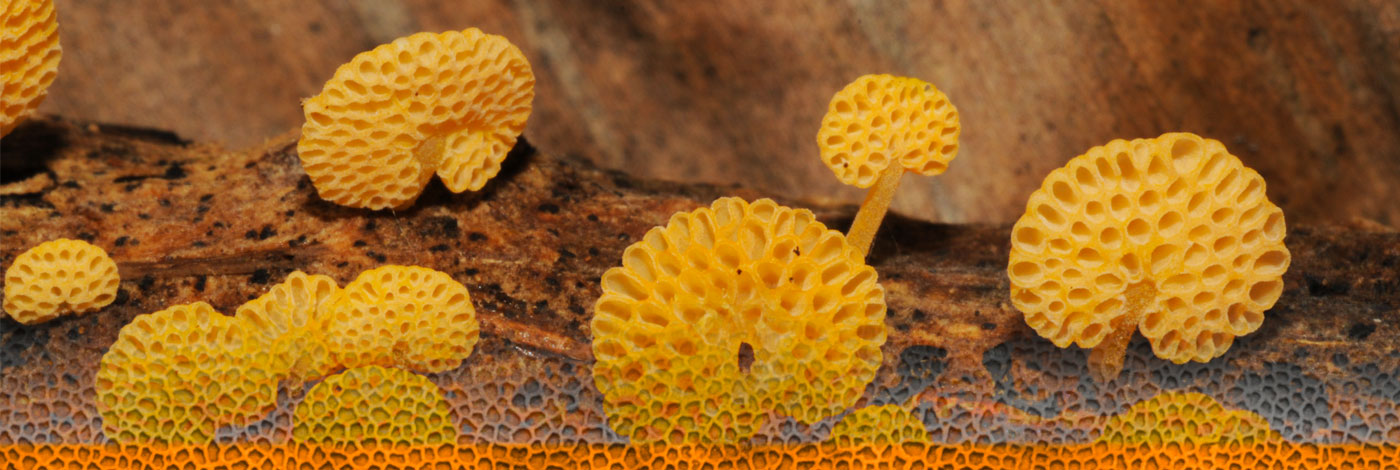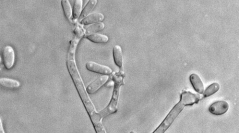

 Cryptogamie, Mycologie
31 (3) - Pages 285-303
Cryptogamie, Mycologie
31 (3) - Pages 285-303Ophiostoma spp. include important pathogens of trees and causal agents of sapstain. These fungi infect wounds on trees and are typically carried by insects, especially bark beetles. Ophiostoma spp. on coniferous hosts in the Northern Hemisphere are well-known. However, other than for the serious pathogens O. ulmi and O. novo-ulmi, very little research has been done on the occurrence of this group of fungi on native broad-leaved trees, especially in the Nordic countries. In this study, surveys were conducted in several areas of Norway to isolate Ophiostoma spp. associated with wounds on native broad-leaved trees belonging to the genera Betula, Fagus, Quercus, Sorbus and Tilia. Morphological studies and comparisons of DNA sequences for the ITS, 5.8S and part of the beta-tubulin gene regions were used to confirm the identity of the fungi collected. Ophiostoma spp., and especially their Pesotum anamorphs, were common on wounds on the trees sampled. In most cases, they were associated with wood stain. Ophiostoma spp. collected included predominantly O. quercus, O. borealis sp. nov., and O. denticiliatum. The results of this study emphasize that the diversity of Ophiostoma spp. on broad-leaved trees is still incompletely understood in Norway and other European countries.